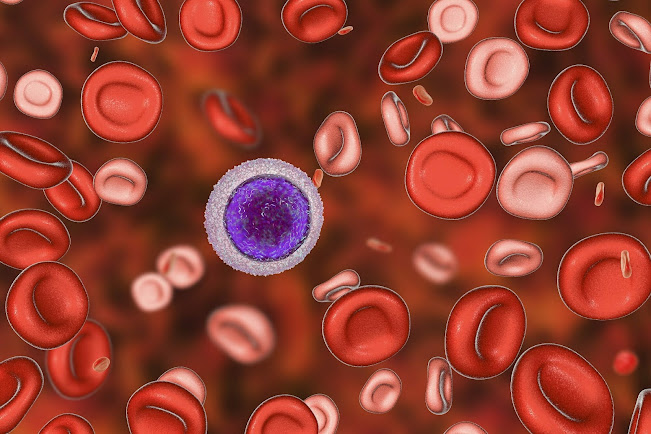Iron Deficiency Anemia Treatment Market Poised to Grow Owing to Rising Prevalence of Anemia
 |
| Iron Deficiency Anemia Treatment Market |
The
global iron deficiency anemia treatment market is estimated to be valued at US$ 12.1 Bn in 2024 and is expected to
exhibit a CAGR of 8.6% over the
forecast period between 2024- 2031.
Iron deficiency anemia is one of the most common types of anemia affecting
people worldwide. It occurs when the body does not have enough iron to produce
hemoglobin. Common symptoms include fatigue, shortness of breath, pale skin and
brittle nails. The increasing prevalence of iron deficiency anemia is being
driven primarily by changes in diet, poor absorption of iron from vegetarian
sources and menstrual blood loss in women. Growing awareness about this
condition and its ill-effects has propelled the need for effective treatments.
Oral iron supplements remain the first line of treatment but injections are
being increasingly used for treating severe iron deficiency. Key players are
also focused on developing novel therapeutics for efficient management of the
condition.
Key Takeaways
Key players operating in the Iron
Deficiency Anemia Treatment Market Demand are AdvaCare Pharma, Otsuka
Pharmaceutical Co., Ltd., Sanofi, Emcure Pharmaceuticals, Wellona Pharma, SiNi
Pharma Pvt Ltd, Sun Pharmaceutical Industries Ltd., Zydus Group, Akebia
Therapeutics., Rockwell Medical, Inc., AbbVie Inc., Pfizer, Inc., Velnex
Medicare, PHAEDRUS LIFE SCIENCE PVT. LTD., Inopha International Co, Limited,
PharmaNutra S.p.A., Pharmascience Inc., American Regent, Inc. Some of the key opportunities
in the market include growing demand for oral supplements and injectable
formulations, entry of new players with novel drug delivery systems and
geographical expansion into emerging markets like Asia Pacific and Latin
America. Major companies are expanding their footprint through mergers and
acquisitions to leverage growth opportunities.
The global iron deficiency anemia treatment market is driven by the rising
prevalence of iron deficiency condition affecting people worldwide. As per WHO,
over 2 billion people are reported to have anemia worldwide with iron
deficiency contributing to over 50% of the cases. Changes in dietary patterns
resulting in lower intake of iron rich foods especially in children and women
of reproductive age has increased the risk of anemia. Rapid urbanization,
affordability and lack of nutrition education in developing nations remain the
key factors for inadequate iron consumption. Growing awareness and focus on
women healthcare has also augmented demand for effective treatment options
especially oral supplements and injectable formulations.
However, the growth of the iron deficiency anemia treatment market can be
hindered by the rising costs of novel therapies and injectable drugs which may
not be affordable or accessible for all patients globally. Alternate treatment
options like iron-fortified foods, dietary changes and herbal supplements also
remain a challenge. Lack of awareness in remote regions further affects early
screening and diagnosis of iron deficiency condition. Stringent regulatory
approvals for new formulations can also delay market entry of novel products
thus restricting profitable growth opportunities.
Segment Analysis
The iron deficiency anemia treatment market is
dominated by the oral iron supplements sub segment. Oral iron supplements
account for over 60% of the total market share as they are the most commonly
prescribed and cost effective treatment option. Oral iron supplements such as
ferrous sulfate, ferrous fumarate, and polysaccharide-iron complex are easy to
administer and have minimal side effects. Other emerging sub segments include
iron injections, which are prescribed for patients who are unable to take oral
supplements due to intestinal malabsorption issues or non-compliance.
Global Analysis
The North America region dominates the global iron deficiency anemia
treatment market owing to high prevalence of anemia, presence of sophisticated
healthcare infrastructure, and availability of advanced treatment options. Asia
Pacific is projected to witness the fastest growth over the forecast period
supported by growing awareness regarding nutrition, increasing healthcare
expenditure, and rising incidence of gastrointestinal diseases leading to iron
malabsorption. The Middle East and Africa region also presents lucrative
opportunities for market expansion on account of growing geriatric population
and anemic population base in the region.
Get more insights on Iron
Deficiency Anemia Treatment Market



Comments
Post a Comment